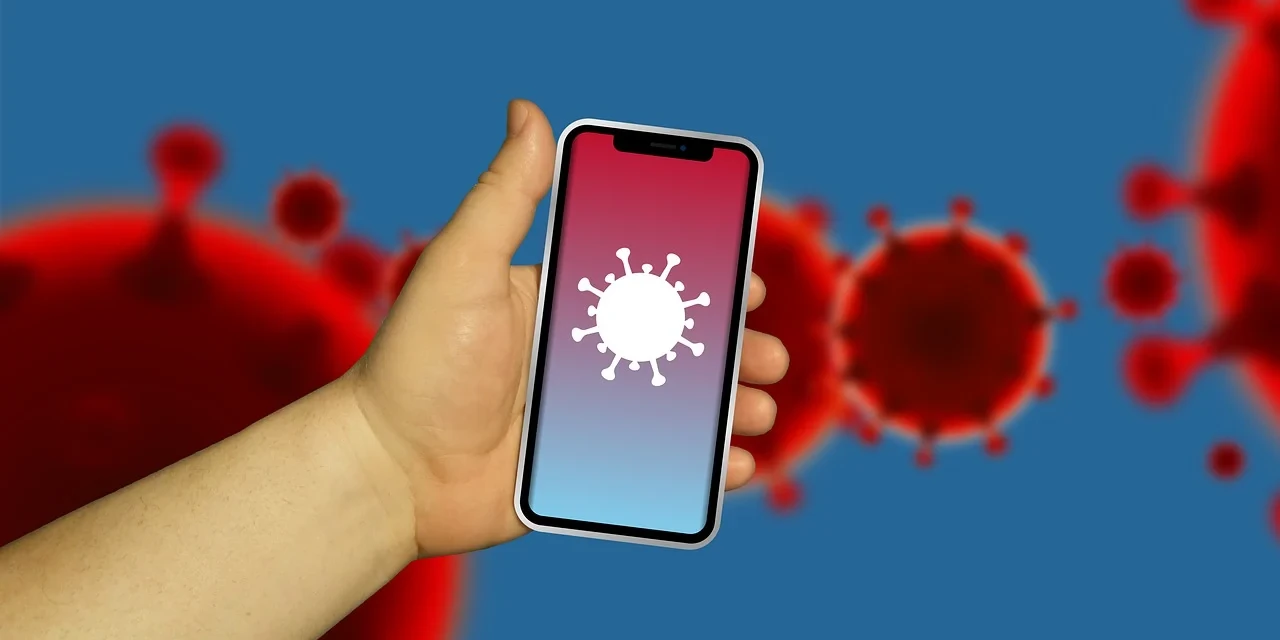
Signs of Infection
Before addressing a potential virus, you should understand the signs that your device has been infected. These may include:
- Excessive pop-up ads
- Poor battery life
- Unfamiliar apps appearing on your device
- Increased data usage
- Poor performance or frequent crashes
- Unwanted redirects to unknown websites
What to Do if Your Smartphone is Infected with a Virus?
- Disconnect from the Internet: The first step when you suspect a virus is to disconnect your device from the internet. This helps prevent further damage or data theft.
- Switch to Safe Mode: Safe mode starts up your device with only the original software and apps that came with it. It can help you if malicious apps are causing trouble. To access Safe Mode, the process will vary depending on your smartphone’s operating system.
- Remove Suspicious Apps: Once in safe mode, check your installed apps for anything unfamiliar or suspicious. If you find anything, uninstall it immediately.
- Clear Your Cache: Clearing cache and data can help remove the traces of the virus. However, ensure you have a backup of your important data before performing this step.
- Use a Mobile Antivirus: If you can’t identify the malicious app, you can use a mobile antivirus program. These apps can scan your device for malware and help you remove it.
- Factory Reset: If all else fails, a factory reset might be your last resort. This will erase everything on your device and return it to its original settings. It’s drastic, but it usually eliminates any viruses.
- Update Your Software: Always keep your smartphone’s software up-to-date. Software updates often include patches for security vulnerabilities that could be exploited by malware.
Preventive Measures
Prevention is always better than a cure. Here are some ways you can protect your smartphone from viruses:
- Download Apps from Trusted Sources: Downloading apps from third-party sources increases your risk of downloading malware. Stick to official app stores like Google Play Store or Apple’s App Store.
- Check App Permissions: Before installing an app, check what permissions it requires. If an app is asking for unnecessary permissions, it could be malicious.
- Keep Your Operating System and Apps Updated: Regular updates often contain patches for security vulnerabilities.
- Use a Reliable Mobile Security App: Consider installing a reputable mobile security app that offers real-time protection.
Conclusion
Virus infections on your smartphone can be concerning, but there are ways to address them. By following the steps above, you can effectively rid your device of viruses and implement measures to protect it in the future. In our increasingly digital age, ensuring your smartphone is secure is crucial.



